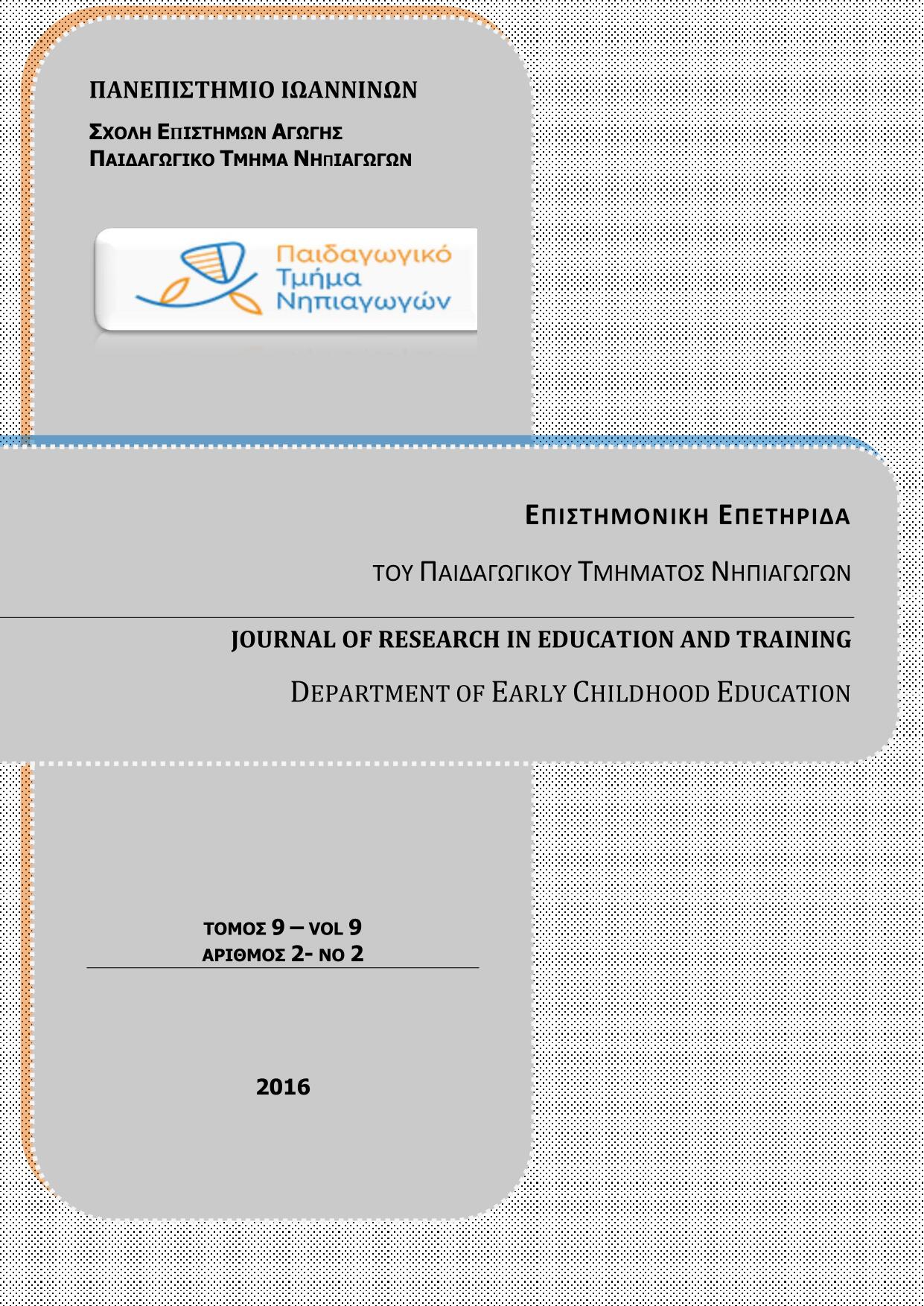“Some(where)…Some(how)…Some(time)’’. Detecting elements of racist ideology by analyzing the time and space of narrative.

Abstract
The aim of this paper is to analyze time and space of narration in two illustrated books, “A Special Friend-it all started with a yellow bike” (2010) by Anny Theochari, illustrated by Willy Karabatzia, and “The most beautiful drawing by Marina” (2006) by Katerina Papanikolopoulou and illustrated by Niki Leonidou. In the study of texts of children's literature, space and time constitute an important parameter, since they both directly affect the young reader’s response.
Firstly, we will refer to theoretical considerations on the narrative analysis of time and space, using a combination of methodological tools. We will examine the narrative techniques found in the texts, according to the theory of Genette, focusing on the time of narration, the sequence of events and the relationship between the time of history to the time of narration.
We will also use the methodology proposed by the theory of Imagology, which we adapted taking into account the specificity of the texts under discussion of our analysis. In particular, we focused on the field of investigating the space of the “other”.
Our aim is to identify and to study the contrast noted when comparing the “familiar” space with the space of the “other”. This will enable us to detect the routes leading to the ideological interpretation of the experience of space, and offer us an analytical tool to detect evidence of racist ideology, which may help decipher the stereotypical images that often familiarize the child reader with the world of the “different”.
Illustrated books are considered very important and play a decisive role in shaping a child’s personality. As illustrated books often express the ideologies of authors and illustrators, directly or indirectly, consciously or unconsciously, children’s books likewise carry of ideas and ideological positionsArticle Details
- How to Cite
-
Koutziakoutzidou, T. (2016). “Some(where)…Some(how)…Some(time)’’. Detecting elements of racist ideology by analyzing the time and space of narrative. Journal of Research in Education and Training, 9(2), 27–44. https://doi.org/10.12681/jret.8691
- Issue
- Vol. 9 No. 2 (2016)
- Section
- Articles

This work is licensed under a Creative Commons Attribution-NonCommercial-ShareAlike 4.0 International License.
Authors who publish with this journal agree to the following terms:
- Authors retain copyright and grant the journal right of first publication with the work simultaneously licensed under a Creative Commons Attribution Non-Commercial License that allows others to share the work with an acknowledgement of the work's authorship and initial publication in this journal.
- Authors are able to enter into separate, additional contractual arrangements for the non-exclusive distribution of the journal's published version of the work (e.g. post it to an institutional repository or publish it in a book), with an acknowledgement of its initial publication in this journal.
- Authors are permitted and encouraged to post their work online (preferably in institutional repositories or on their website) prior to and during the submission process, as it can lead to productive exchanges, as well as earlier and greater citation of published work (See The Effect of Open Access).


